AI-Driven brand strategy: Can you trust machines to build your brand?
Chances are you’ve already experienced the perks of artificial intelligence in your daily routine today, whether you realized it or not.
Take your commute as an example – the map navigation software you used to find the best route to the office, the Spotify playlist you chose to soundtrack your drive, and the virtual card you used to buy your morning coffee all utilised AI to make your experience a smooth one.
If we’re comfortable with AI making our mundane everyday tasks easier, why not allow it to make big business decisions on our behalf as well?
As a branding agency, we’re well aware of the massive influence generators like ChatGPT, DALL-E 2 and Midjourney are having on the creative industry – but are we really at the stage where we can trust in them to do our jobs for us?
AI and design – friends or foes?
AI is undoubtably revolutionizing our perception of design and is allowing big brands to explore their creativity quickly and more outrageously than ever before.
One great example is Heinz, who became one of the first to rely on AI to create an entire digital ad campaign. After experimenting with Dall-E by feeding it with terms like “ketchup scuba diving” and “ketchup in outer space” – Heinz discovered many of the results looked just like their distinctive bottle.
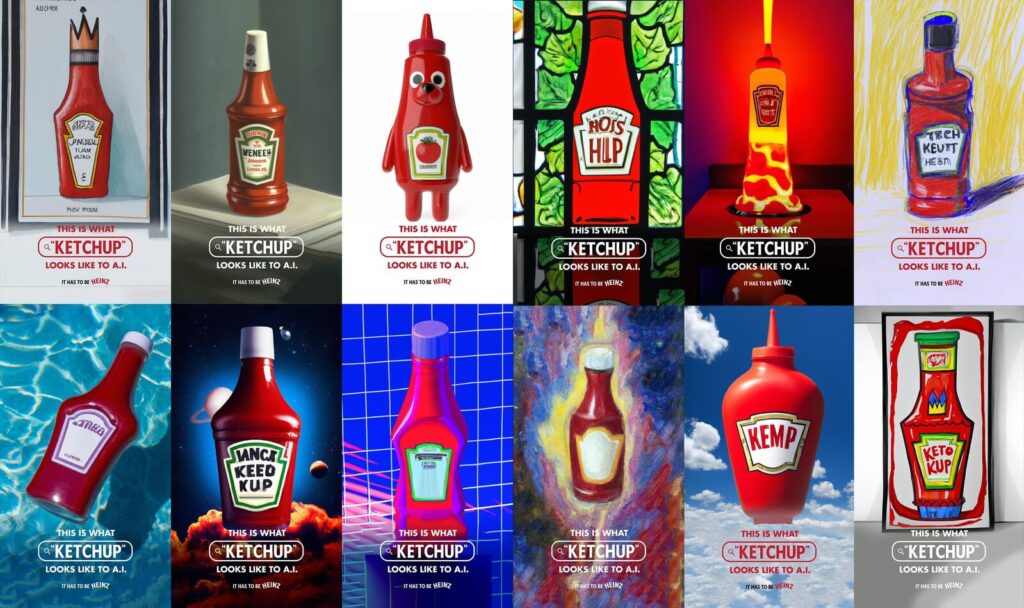
Heinz fans got involved by sharing their suggestions for ketchup image prompts and the best ones were turned into social posts and print ads. The result was the Heinz AI Ketchup campaign– perfectly highlighting their brand authority with the help of AI.
It demonstrates that designers and marketeers can now generate ideas quickly, create designs that are on-brand, and enhance their designs in ways that were previously unimaginable. While this is useful for the purposes of content generation at speed, it’s worth remembering that branding is more than just the visual components.
Effective branding involves carefully crafting and communicating a clear message about a company’s offerings and unique selling proposition, and consistently delivering on that promise through all aspects of the customer experience. Considering this definition, the application of AI in establishing an authentic brand experience must take several forms.
The Benefits of AI for Graphic Designers
One of the most impressive formats of creative AI are ‘text-to-image generators’. These deep learning models have been trained on hundreds of millions of images and their associated captions to produce dynamic art and photography from a short text prompt.
While the images are often not perfect (to say the least), using AI can be used as a tool to quickly iterate different variations of a concept and provide a number of starting points for complicated design work. There are even prompt books available to help break through creative blocks and guide design influences.
Designers can use AI for the smaller everyday tasks – removing or editing backgrounds, generating colour schemes or changing layouts as a few examples. It means creatives can spend more time on strategy and conceptualising ideas by outsourcing the mundane to ‘the machines’. When it comes to productivity, this can only be seen as a positive.
AI can also be used to create mock-ups and prototypes, which is particularly helpful for designers who work in the digital space. By using machine learning algorithms, designers can create realistic 3D renderings of products or packaging, allowing clients to see what their final product will look like before it’s produced.
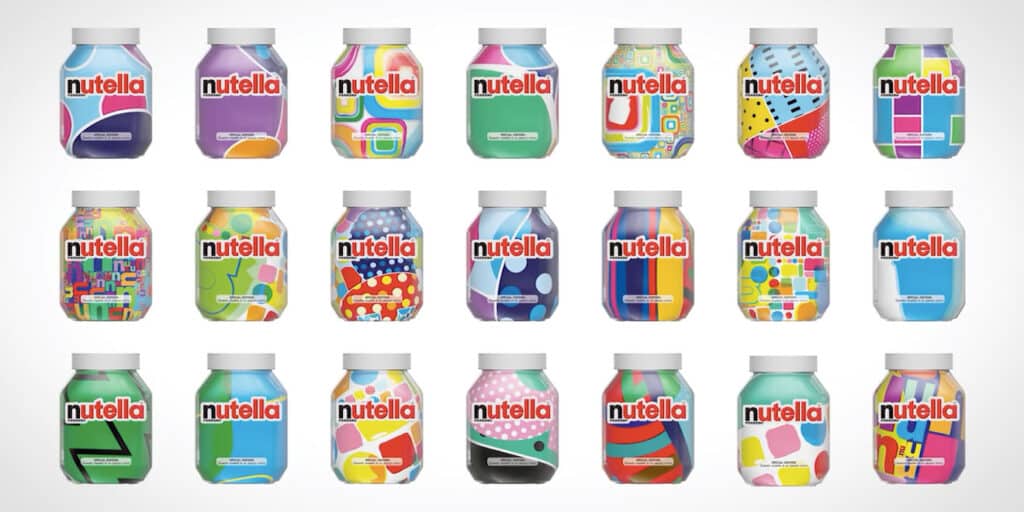
Another potential is for the use of AI in creating ‘human’ influencers or models to be used in marketing and advertising campaigns. By using GANs and other machine learning tools, designers can create virtual models that look and act like real people, allowing them to showcase products and services in a more engaging and compelling way. This massively reduces the cost and time spent searching for the perfect face for your brand – when you can create one at a few clicks of a mouse.
Anthropomorphised Branding with AI
Brand anthropomorphism is the construct of humanising a brand – giving it a ‘face’, individual characteristics, mental and emotional states that people believe to be distinctively human.
It’s a powerful strategy that has been used since the dawn of advertising, but instead of ‘Tony the Tiger’ and the ‘Michelin Man’, we now have Alexa and Siri – and they’re getting pretty good at knowing exactly what we want, when we want it.
Alexa and Siri are two of the most popular voice assistants in the world, and they have become incredibly engaging to consumers. One of the main reasons for their popularity is their simplicity and human-like characteristics. This has made them more relatable and easier to interact with and has also led to consumers forming emotional connections with them.
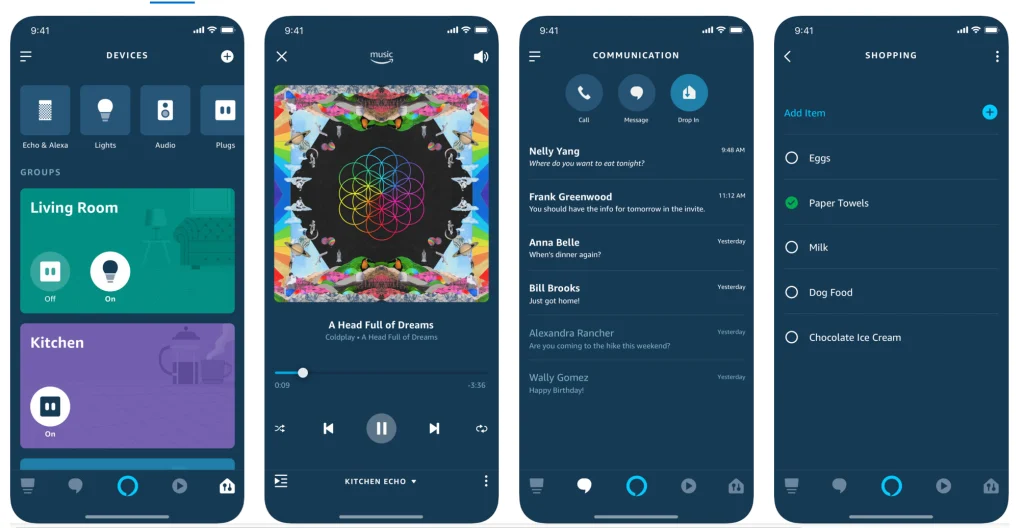
These voice assistants have been designed to interact with users in a conversational way, using natural language processing to understand and respond to spoken commands. They are also able to learn from their interactions with users, adapting to their preferences and behaviours over time. This creates a sense of familiarity and intimacy, which makes them feel like more than just a tool or a piece of technology.
From a marketing perspective, this anthropomorphisation of voice assistants has significant implications for branding. By creating a more human-like persona for a product or service, companies can develop a stronger emotional connection with their customers. This can be used to build brand loyalty and trust, as well as to differentiate a product or service from its competitors.
Chatbots as Brand Personality
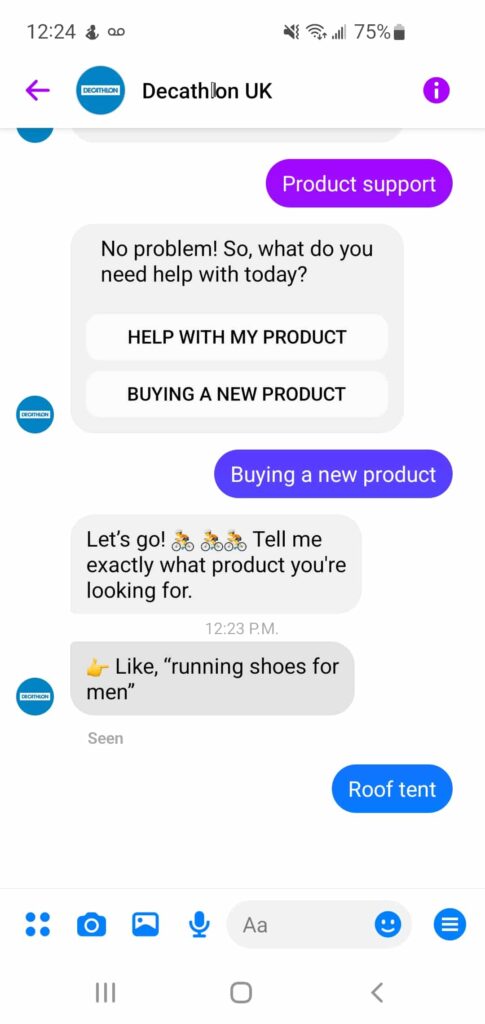
Away from the sophisticated technology of voice assistants like Alexa and Siri, the majority of website builders now include the option for a chatbot to be housed on your site or app. Chatbots are computer programs that can communicate with customers in a conversational manner, and they can be programmed to reflect the tone and personality of your brand.
By incorporating a chatbot into your customer interactions, you can provide a personalized and consistent experience for your customers. A chatbot can use your brand’s language, tone, and style to engage with customers and offer a human-like experience. This can help build brand loyalty and create a positive reputation for your business.
Moreover, chatbots can also provide you with valuable data about your customers’ preferences and behaviour. By analysing the conversations that take place between customers and your chatbot, you can gain insights into the needs and preferences of your target audience, and use this information to improve your marketing strategies.
Digital Advertising with AI – PPC, SEO, and Copywriting
Digital advertising is a critical component of any marketing strategy. With the help of AI, businesses can optimize their pay-per-click (PPC) campaigns, improve search engine optimization (SEO), and even generate compelling copy for ads.
All of the major social media platforms have AI built into their paid advertising tactics and have done for some time now. Whether it’s Meta or Twitter you are choosing to invest your ad spend in, the in-house AI algorithm can analyze user behaviour and intent data to identify the audience most likely to engage with a particular ad. With this data, advertisers can develop highly targeted campaigns that maximize the chances of a click and conversion.
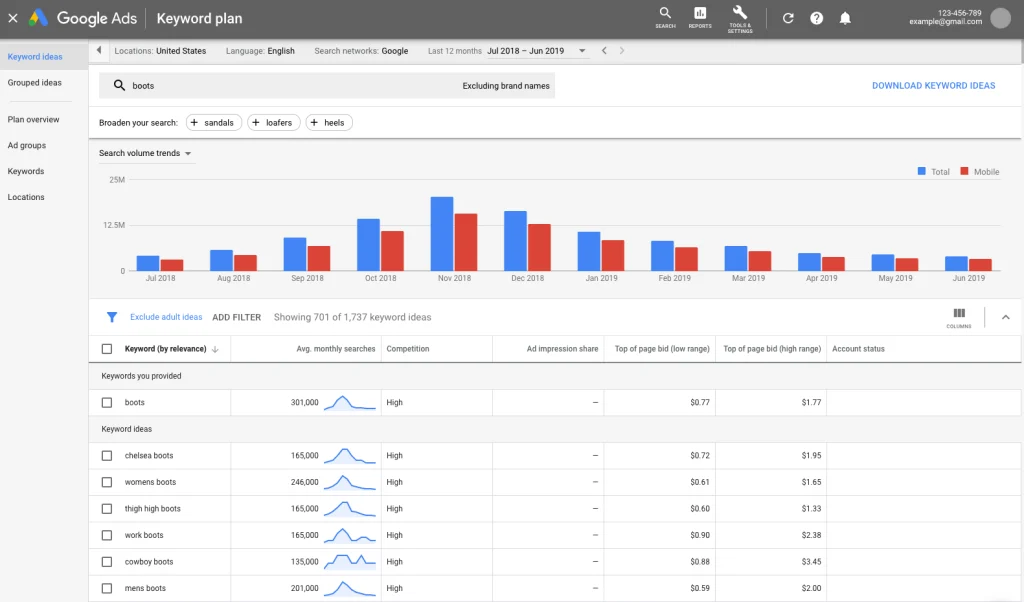
When it comes to SEO, the story is very similar. Tools like Google’s Keyword Planner uses natural language processing to analyze the content of a website and provide insights on which keywords are most likely to bring traffic to that site. Google Analytics can then take the reigns by analyzing and monitoring website performance. The AI can track website traffic, bounce rates, and conversion rates, and make recommendations for improvements based on this data. This allows businesses to identify issues with their website and make necessary changes to improve their SEO.
The integration of AI into branding strategy is a topic of great interest and potential. From designing graphics to creating brand personalities through chatbots, AI is proving to be a powerful tool for branding agencies to build effective brand strategies.
Summary
The benefits of AI in design are immense, allowing graphic designers to save time and increase efficiency. Anthropomorphised branding with AI is an ever-evolving area that can help create unique and relatable brand identities. Chatbots, enabled with AI, can provide a human-like personality to brands and enhance the customer experience. Additionally, AI can be used to optimise digital advertising, enabling more precise targeting and personalised messaging.
To bring it back to branding, while AI can technically give you solid headlines – it can’t give you headlines written by a creatively trained brain with years of experience. For example, we asked ChatGPT to write a headline for Air Jordan trainers. It generated this:
“Experience Unmatched Comfort and Style with the Latest Jordan Air Trainers Collection”.
That’s a long way from the beautiful: ‘Michael Jordan 1. Issac Newton 0.’
While there’s no doubt that AI will continue to change and challenge creative processes across the branding industry, it’s still a long way from having the creative abilities of a team of experts, and that’s what agency brings to the table – truly original ideas.’
Here at Studio North, we’re always thinking about how your brand will evolve over time and which tools will help you get there. Speak to us today to prepare yourself for tomorrow.



